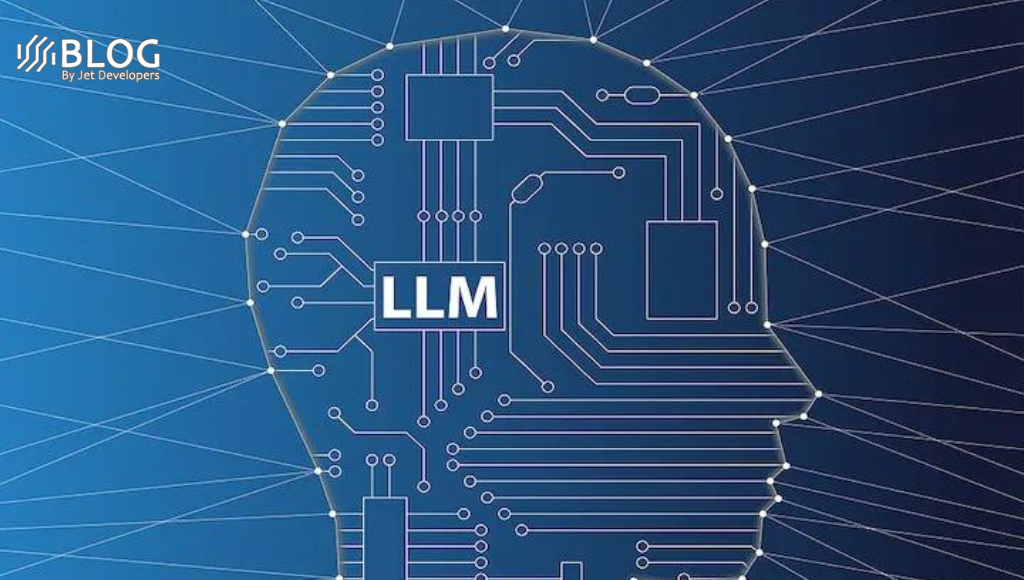The language model that powers chatGPT, GPT-4, has developed the latest version with considerable improvements over GPT 3 and GPT 3.5. Though, workers can use GPT-4 to enhance their productivity and quality of work.
The newest version of GPT is capable enough to accept inputs in both the forms of text and images. In contrast, GPT 3 and 3.5 could only take data in text.
ChatGPT is an innovative artificial intelligence technology created by OpenAI. The company aims to provide effective results in less period.
However, I can suggest some potential ways in which a language model like GPT-4 could increase workers’ productivity in the future based on the advancements made by previous models like GPT-3:
- Automating Repetitive Tasks: GPT-4 could be used to automate repetitive tasks such as data entry, email responses, and social media posts, freeing up workers’ time to focus on more complex tasks.
- Enhancing Communication: GPT-4 could help workers communicate more efficiently by providing real-time language translation and automatic summarization of long texts or meetings, making it easier to understand and respond to information.
- Improving Research: GPT-4 could assist workers in conducting research by providing accurate and relevant information from a vast range of sources, making it easier to find the data needed to complete tasks.
- Streamlining Workflows: GPT-4 could help workers streamline their workflows by providing suggestions on the best way to complete a task, identifying potential roadblocks, and offering solutions to overcome them.
- Personalizing Work: GPT-4 could help workers personalize their work by analyzing their work habits, preferences, and productivity patterns and offering customized recommendations on how to improve their workflow and increase productivity.






